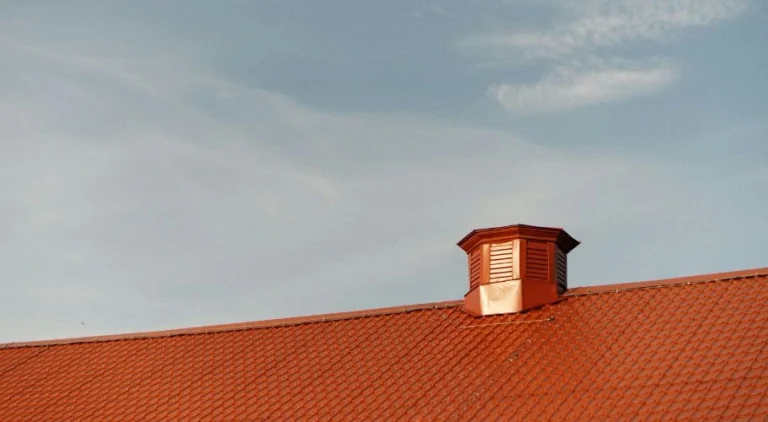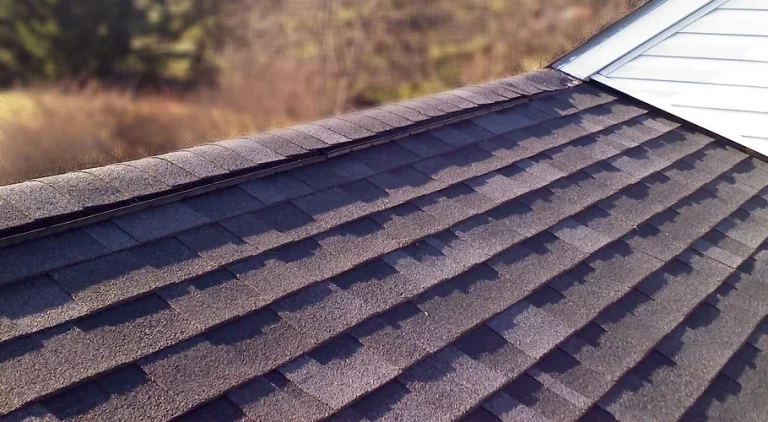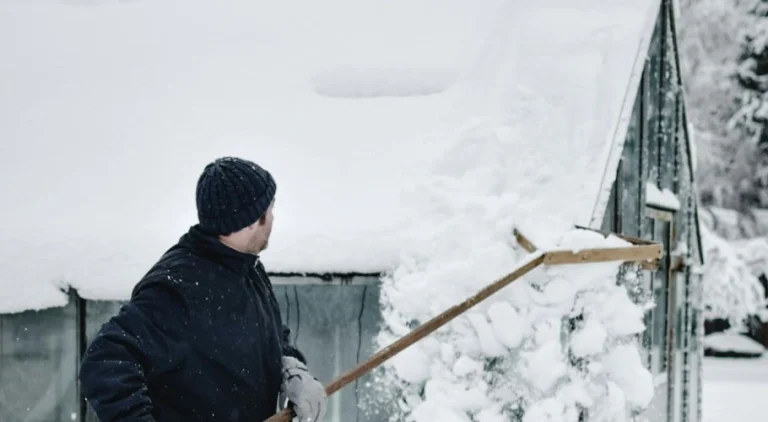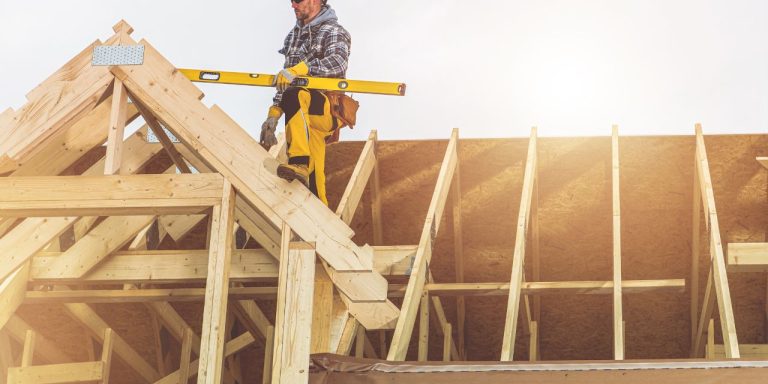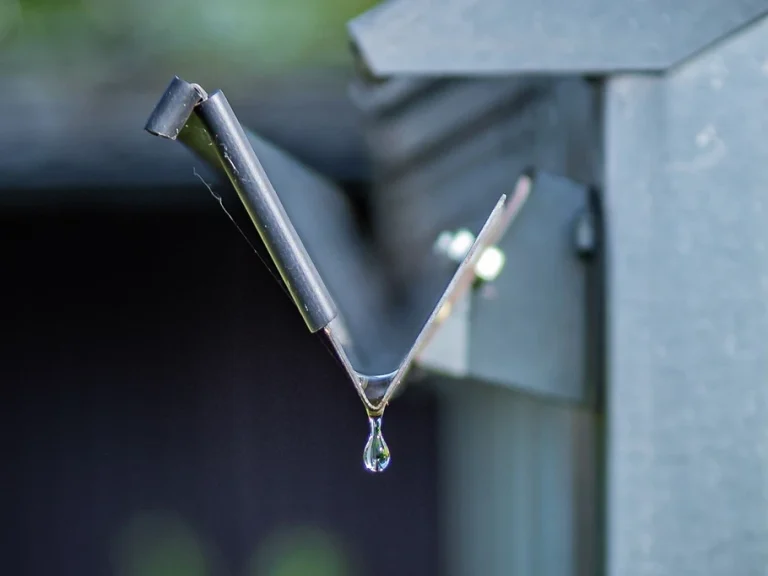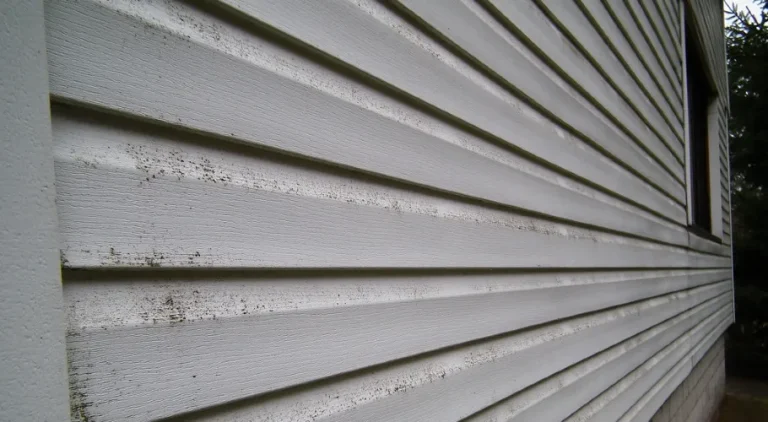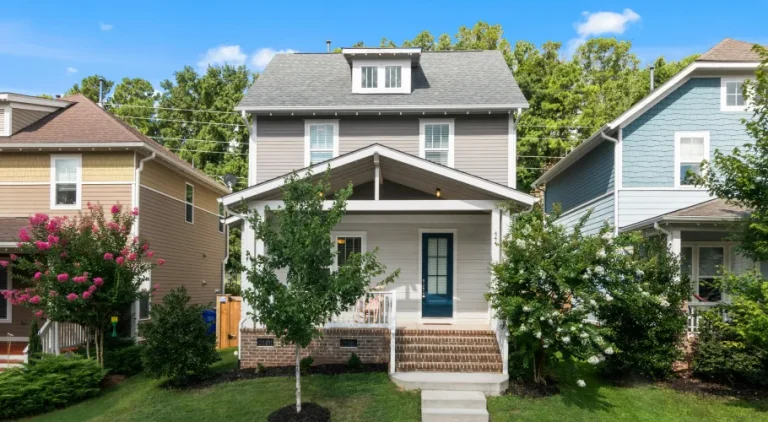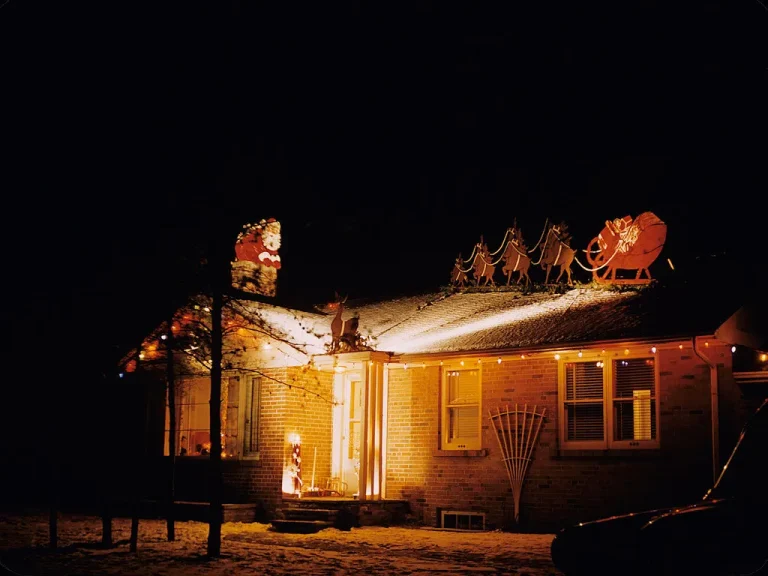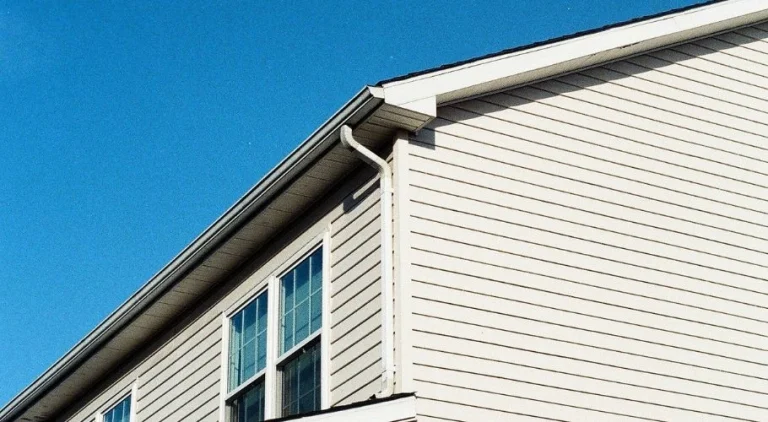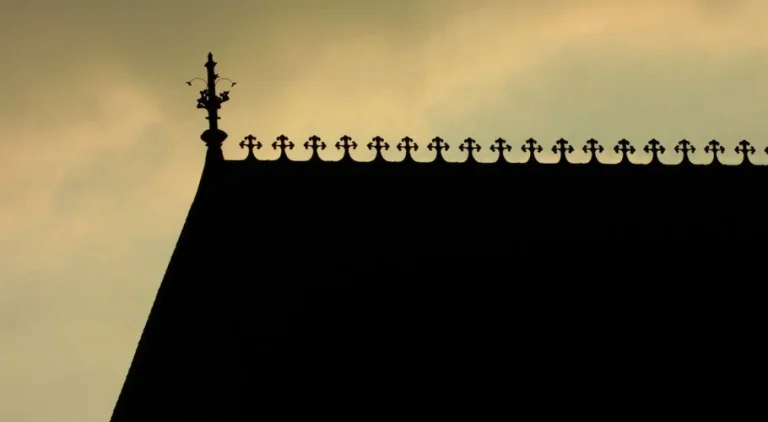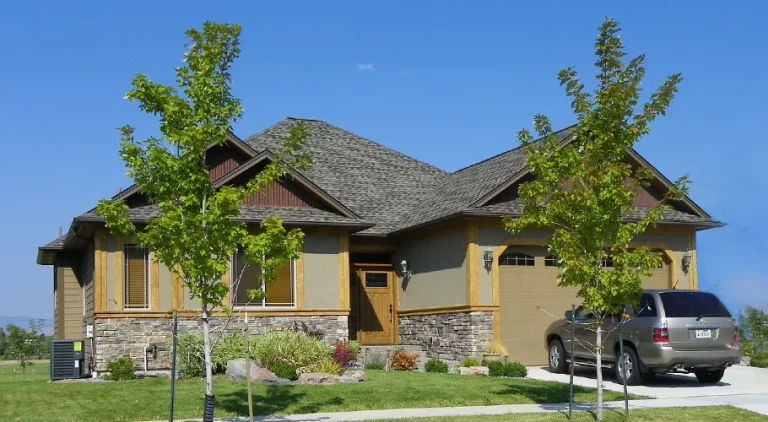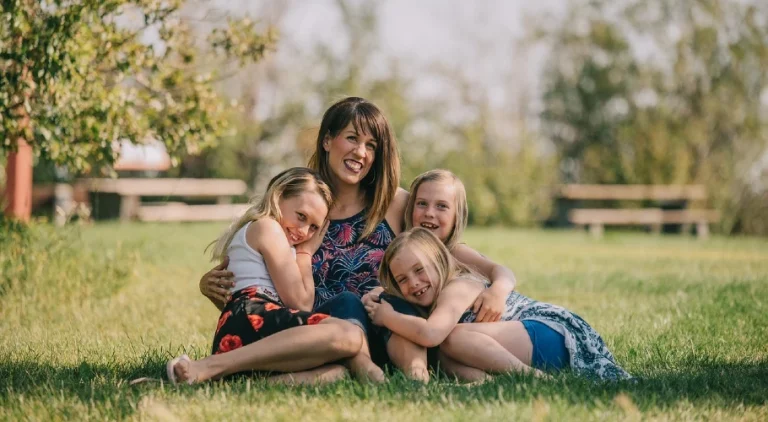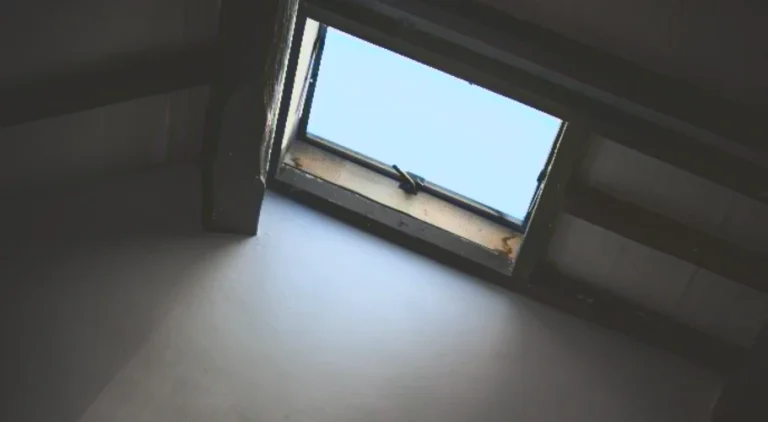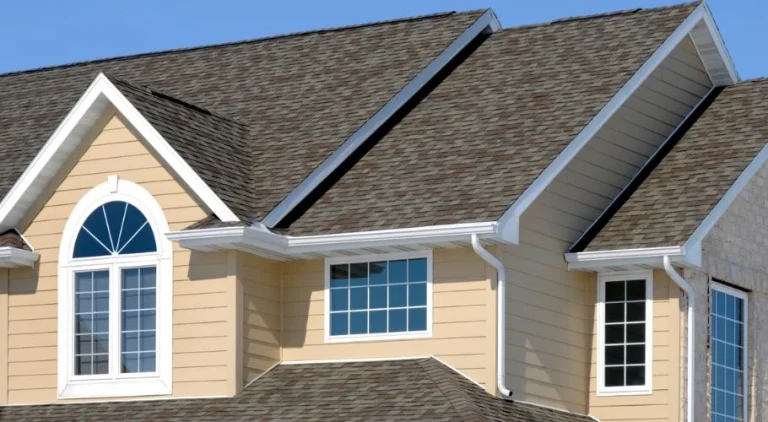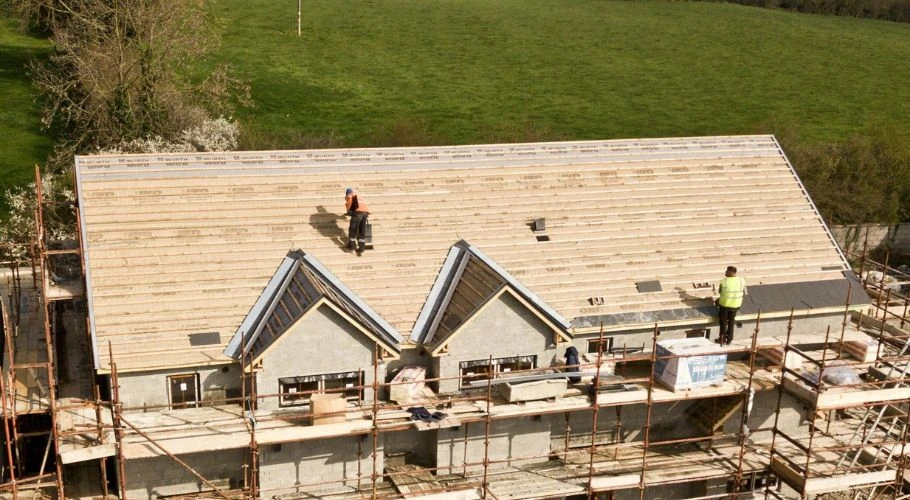The Anatomy of a Roof: Understanding Roof Shingles in Oklahoma
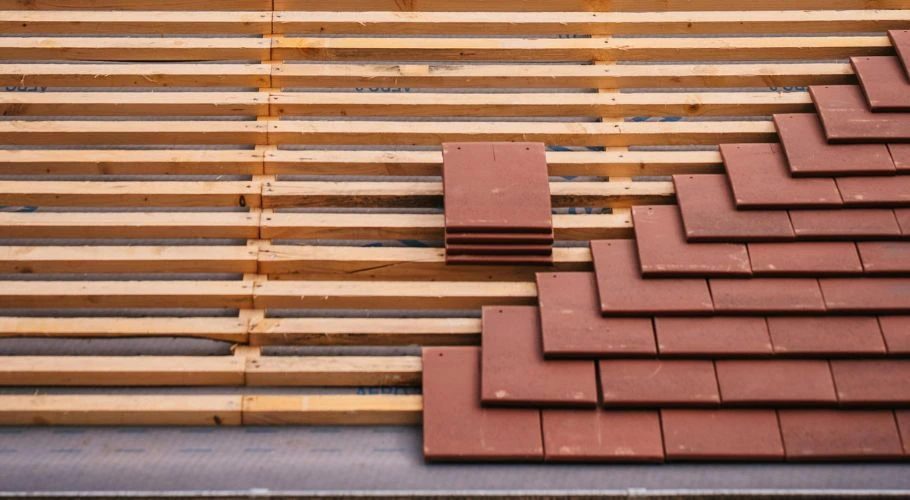
Wondering what the best and most functional roof shingles in Oklahoma are? Most homeowners don’t realize this, but in order to fully understand shingles, you also have to understand the rest of your roof system. In this Robbins Roofing guide, we’ll talk about roof components, great roof shingle options for Oklahoma, and why all of this matters for your home’s curb appeal and functionality.
The Roof Anatomy: 13 Various Roof Parts
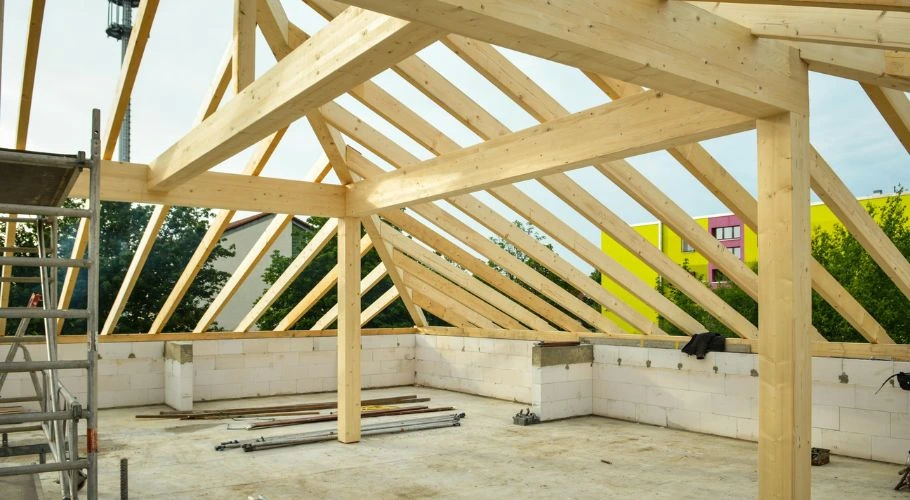
Multiple roof layers all work together to keep your house safe from leaks, heat, wind, and everything else Oklahoma weather throws at it. No matter the type of roof you’ve got (e.g., gable roof, sloped roof, hip roof), knowing what’s really going on under the surface is always a smart move.
1. Covering (Metal, Clay, Asphalt Shingles)
Your roof’s covering is the outermost layer of your roof, which can be either asphalt shingles, metal, steel, clay, or slate. Depending on your needs, you can find materials specifically for UV ray protection, for example, or more environmentally friendly options.
2. Rafters and Trusses
Rafters and trusses are the bones holding up the whole roof. These define your roof’s pitch (how steep it is) and determine how shingles and underlayers stay put, especially when windstorms roll through.
3. Roof Decking (Sheathing)
This is your solid base made up of flat wooden boards, usually plywood or OSB, nailed over the rafters. If it warps or gets soggy, your roof becomes soft and unstable. Strong decking keeps shingles flat and secure.
4. Underlayment
That paper-like layer between decking and shingles is your backup waterproofing. Felt or preferred synthetics help resist moisture, which is perfect in our region, where thunderstorms can come without warning. In areas where ice dams sneak in, thicker underlayment helps too.
5. Ice & Water Shield
This sticky waterproof membrane gets wrapped around valleys, eaves, and wall penetrations. It’s protection against ice and wind-driven rain, especially after those sudden freezes we sometimes get.
6. Flashing
Commonly made from galvanized steel, these are metal strips tucked around chimneys, vents, walls, and other vulnerable parts of the roof. Flashing directs water off the roof and prevents leaks and water damage. If flashing fails, water sneaks in and can potentially cause trouble.
7. Ridge Cap Shingles
The roof’s ridge sits on the highest point of the roof (or the roof peak), finishing things off and sealing the top seam against wind and moisture. It’s the horizontal line where the roof’s two sides meet at the top.
8. Ventilation (Soffit & Ridge Vents)
Your attic needs breathing room. Vents bring cool air in low and push warm, humid air out the top. This helps shingles stay cool and avoids moisture-related damage below.
9. Gutters, Fascia, and Soffit
These trim pieces direct rainwater off and away from your home. It also keeps your exterior walls clean and free from water streaks. Without a drip edge, water can reflux back and ruin the fascia board, so it’s important to channel water properly and away from the house.
10. Roof Valley
The roof valley is where two planes of the roof meet. They’re designed in a way that sends rainwater toward your gutters, thus preventing water damage. There are two kinds, namely closed valleys (covered in roofing materials) and open valleys (no roofing materials).
11. Drip Edge
The drip edge refers to the sealing around the edge of your roof (right where it meets the siding), which keeps water and moisture out. Basically, this protects your roof from roof leaks, water damage, wood rot, and more.
12. Skylight
Skylights are windows on your roof that let natural light inside. Many homeowners get skylights for better air ventilation and aesthetic purposes. However, without proper sealing, issues like heat loss and the overexposure of your furniture to the sun can arise.
13. Roof Vents
Roof vents (exhaust and intake vents) help your attic breathe by letting hot air escape from the top of your home. This improves airflow, reduces heat buildup, and helps prevent issues like mold, warped shingles, and high electricity bills.
How the Roof Structure Beneath Affects Shingle Health
All those layers below your shingles do more than hold them in place. Instead, they influence how well shingles perform and how long they last. For instance, decking condition is important because any dip or softness under shingles can lead to cracking, curling, or damage to the ceiling joists. When it comes to underlayment quality, synthetics last longer under our heat than old felt. And of course, flashing must be tight because even a small gap lets water seep in, ruin shingles, and rot decking.
In short, you need the rest of your roof system to work with your chosen shingles so you get the best and most reliable protection.
Common Roofing Shingle Options in Oklahoma
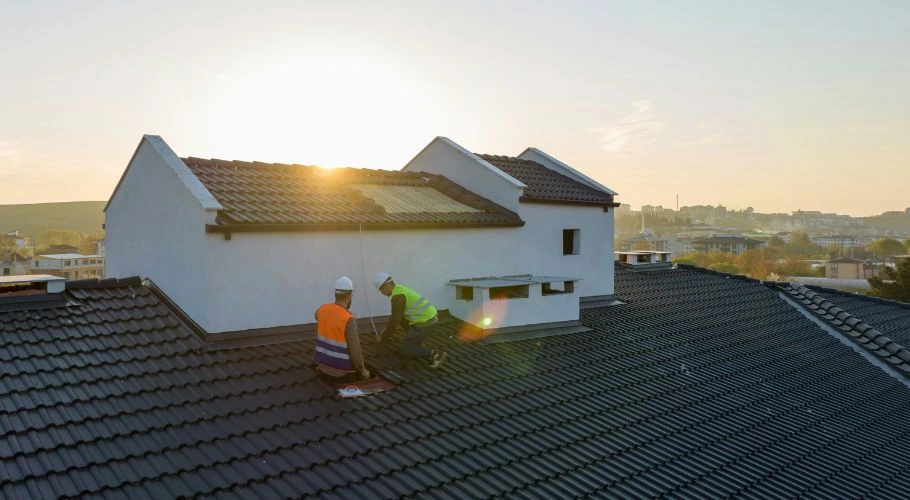
Here’s a deeper dive into the shingles you’ll find on most roofs around here, with pros and cons for each, and what they mean during OK weather swings.
3‑Tab Asphalt Shingles
3-tab asphalt shingles are made with a fiberglass base mat that’s coated in asphalt and topped with ceramic granules for UV protection and texture. They’re called “3-tab” because each shingle strip has three evenly spaced notches, giving the illusion of three separate tiles once installed.
They lay flat, have a very clean, symmetrical look, and come in a range of neutral tones like gray, brown, and weathered wood. While they’re the most affordable option, they’re also the thinnest and lightest, which means they’re not always the best fit for Oklahoma’s harsher weather. They typically last around 15 to 20 years, but may wear out sooner in areas with heavy storms, high winds, or large temperature swings.
Pros | Cons |
|---|---|
|
|
Architectural (Dimensional) Shingles
These shingles are made much like 3-tabs, using a fiberglass base and asphalt coating, but compared to standard shingles, they’re thicker, layered, and more textured. Instead of a flat cut, architectural shingles are laminated (meaning multiple layers are fused together) to create a dimensional, varied appearance that looks like wood shakes or slate.
The added weight and layering make them significantly sturdier in wind and hail conditions. They’re available in a wide range of colors and are a solid balance between aesthetics, performance, and cost.
Pros | Cons |
|---|---|
|
|
Impact‑Resistant (Class 4) Shingles
Impact-resistant shingles are designed specifically to take a beating, like hailstorms, falling branches, and flying debris during spring tornado season. These shingles are usually architectural in shape and structure, but they’re reinforced with tough materials like polymer blends or rubber-like SBS (styrene-butadiene-styrene) to absorb impact without cracking.
They’re visually similar to architectural shingles, with that same dimensional texture, but underneath, they’re built for durability. If you live in hail-prone areas like Norman or Edmond, these can be a game-changer. Many insurance companies even offer discounts for homes with Class 4-rated shingles. They do cost more upfront, but their resilience often makes up for the added investment over time, especially if you want to avoid early replacements or constant spot repairs.
Pros | Cons |
|---|---|
|
|
Metal Shingles or Panels
Metal roofing isn’t just for barns and commercial buildings anymore. It’s made its way into stylish neighborhoods across Oklahoma. Metal shingles are designed to look like traditional shingles, wood shakes, or even tile, but are pressed from steel or aluminum panels with a protective coating. Standing seam panels, on the other hand, give your roof a sleek, modern look with vertical seams that run from ridge to eave.
Metal roofs reflect sunlight better than asphalt, which helps reduce heat buildup, especially handy during brutal Oklahoma summers. They also hold up well to hail, won’t crack in the cold, and shed rain and snow quickly thanks to their smooth and sometimes flat surface. Their lifespan is hard to beat: 40 to 70 years with minimal upkeep. They’re more expensive to install and often need extra framing support due to their weight, but for long-term savings and durability, they’re an excellent pick.
Pros | Cons |
|---|---|
|
|
Wood Shingles & Shakes
Wood shingles and shakes bring a natural, rustic charm that’s hard to replicate. Shingles are thin and evenly sawn, giving a neat, tidy finish, while shakes are thicker and hand-split, resulting in a more textured, rugged appearance. Most are made from cedar, redwood, or pine—woods known for their natural resistance to moisture and pests.
In Oklahoma, wood roofing can look beautiful on traditional, farmhouse-style, or historic homes, but it’s not always the most practical. While cedar can hold up against moderate weather, high humidity and moisture exposure can shorten its lifespan. Plus, wood roofs require frequent treatment to prevent mold, mildew, and fire risks. They last about 25 to 30 years with proper upkeep, but that upkeep is more demanding than other roofing options.
Pros | Cons |
|---|---|
|
|
Slate or Synthetic Slate
Slate shingles are the definition of luxury. Real slate is a natural stone, hand-cut into tiles that offer a striking, timeless look. They come in earthy tones (blues, grays, greens, and purples), and each tile has a unique texture and grain. They’re heavy, thick, and last longer than almost anything else on the market, up to 100 years or more.
Because of the weight and cost, real slate isn’t super common in Oklahoma suburbs. However, synthetic slate has become a popular alternative. It’s made of engineered polymers or rubber composites and mimics the look and feel of natural stone without the weight or fragility. Synthetic slate performs well in Oklahoma weather, resisting hail and UV damage, and typically lasts around 50 years. It’s ideal if you want the upscale slate look without the structural demands and higher price of real stone.
Pros | Cons |
|---|---|
|
|
Ready to Explore New Roofing Materials for Your Oklahoma Home?
If you’re in OKC, Mustang, Edmond, or Norman, and you’re thinking about shingle upgrades, ventilation fixes, or full replacements, Robbins Roofing is your most-trusted local roofing contractor when it comes to roofing in OKC. We check every detail and match materials to the weather, and as a result, you get a roof that looks good and stands strong.
Got questions on the various types of shingle options, lifespan, installation, or roof replacement details? Contact Robbins Roofing for clear advice, honest pricing, and roofing solutions built for Oklahoma’s weather.

